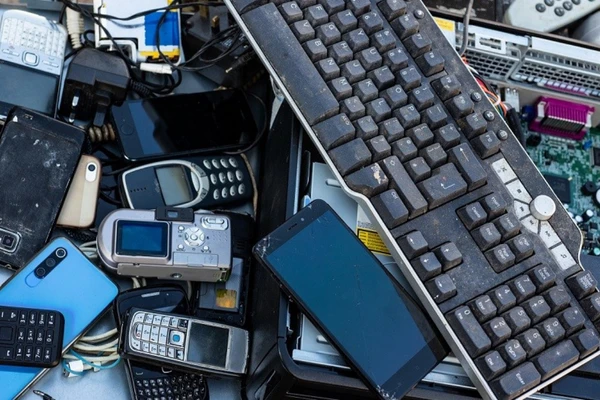The United Nation’s fourth Global E-waste Monitor (GEM) report was released by International Telecommunications Union (ITU) and United Nations Institute for Training and Research (UNITAR).
About the report:
- The Global E-waste Monitor (GEM) report is a collaborative effort among the United Nations Institute for Training and Research (UNITAR), International Telecommunication Union (ITU), and Fondation Carmignac.
- UNITAR’s role in this collaboration is to enhance global decision-making by providing innovative learning solutions aimed at creating a better future.
Key Findings:
- The report outlines a significant increase in global e-waste, quantifying it at 62 million tonnes in 2022.
- It is forecasted to grow by 32% to 82 million tonnes by 2030, marking an 82% rise since 2010.
- Currently, recycling meets only 1% of the rare earth element demand. With a recycling rate of 22.3% in 2022, the world risks losing USD 62 billion in recoverable resources.
- The e-waste composition includes hazardous materials, comprising 31 billion kg of metals and 17 billion kg of plastics, posing significant health and environmental risks.
- Projections indicate that the global recycling rate could decline to 20% by 2030, exacerbating the recycling gap.
- There is a silver lining as enhancing recycling rates to 60% by 2030 could result in economic benefits surpassing costs by USD 38 billion.
- However, current recycling inefficiencies result in an economic loss of USD 91 billion.
India:
- India is among the top e-waste generators, with a significant increase in e-waste recycling capacity from approximately 148 million kg in 2010 to over 3 billion kg.
- The number of authorized recyclers has grown from 23 in 2010 to over 400.
Ref:Source
| UPSC IAS Preparation Resources | |
| Current Affairs Analysis | Topperspedia |
| GS Shots | Simply Explained |
| Daily Flash Cards | Daily Quiz |



